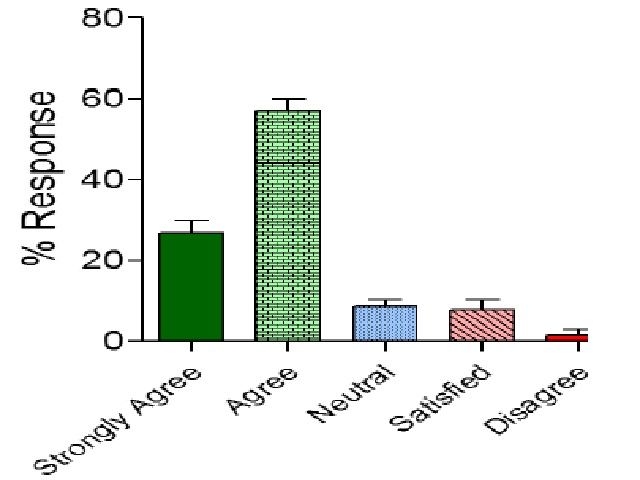Assessing the Impact of Clinically Themed Dissection-based Projects on Anatomy Knowledge in the Veterinary Pre-clinical Curriculum
DOI:
https://doi.org/10.5530/bems.5.1.1Keywords:
Cadaveric dissection, Anatomy, Technical skills, Vertical integration, Veterinary anatomy, Education, TeachingAbstract
Cadaveric dissection-based anatomy teaching is being reduced or removed in several veterinary schools driven by infrastructural, economic and ethical issues. This may be due to a view that the learning of anatomy is purely a knowledge-based process. Using clinical themed dissection-based projects in the first year of the veterinary curriculum we show that cadaveric dissection is not only important in gaining clinically relevant anatomy knowledge but has other benefits including improvement of dissection skills, technical communication and group working skills. We believe that adopting such innovative approaches to anatomy dissection classes are critical for vertical integration across the veterinary curriculum and support during the transition from preclinical to clinical years.

Downloads
Published
Versions
- 2019-07-01 (2)
- 2019-01-20 (1)









